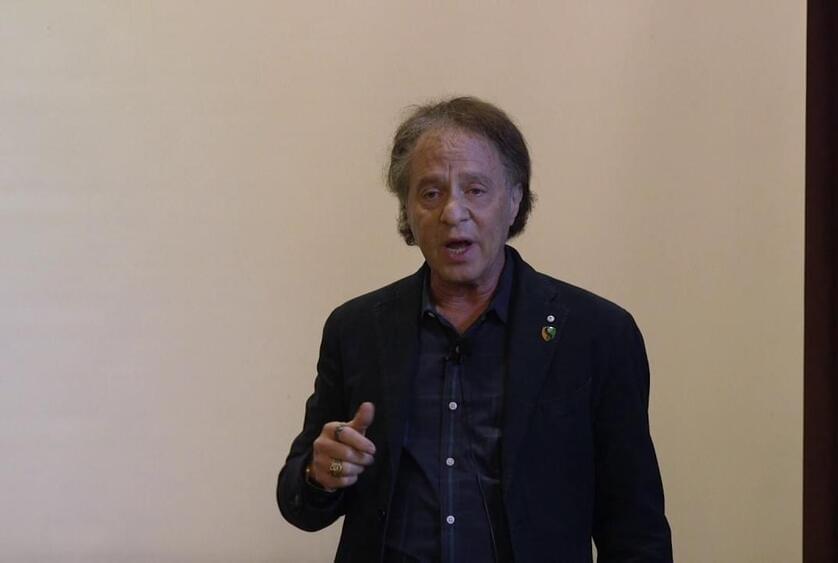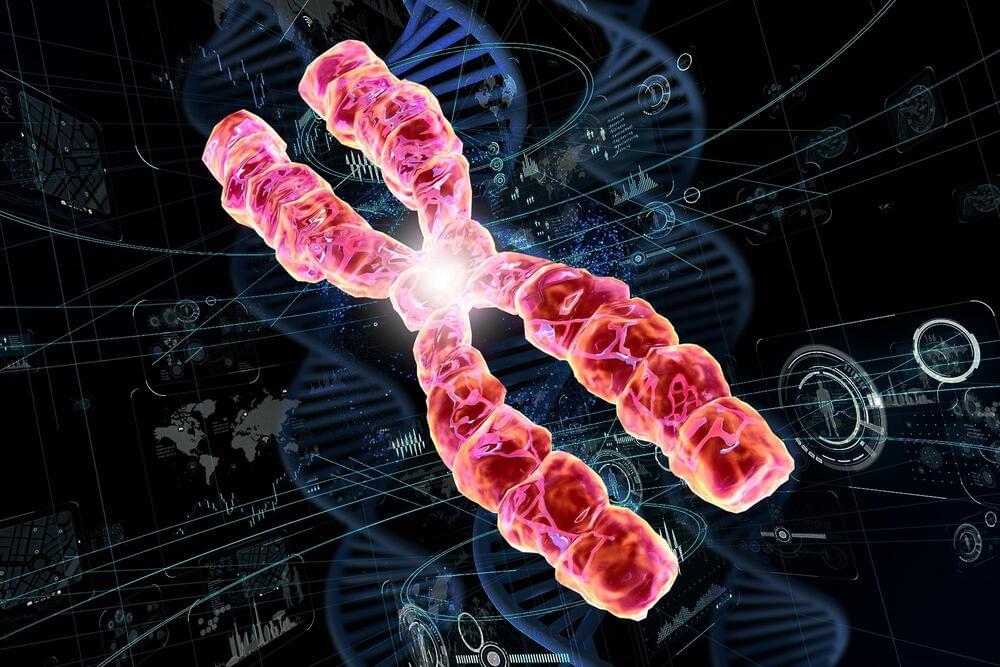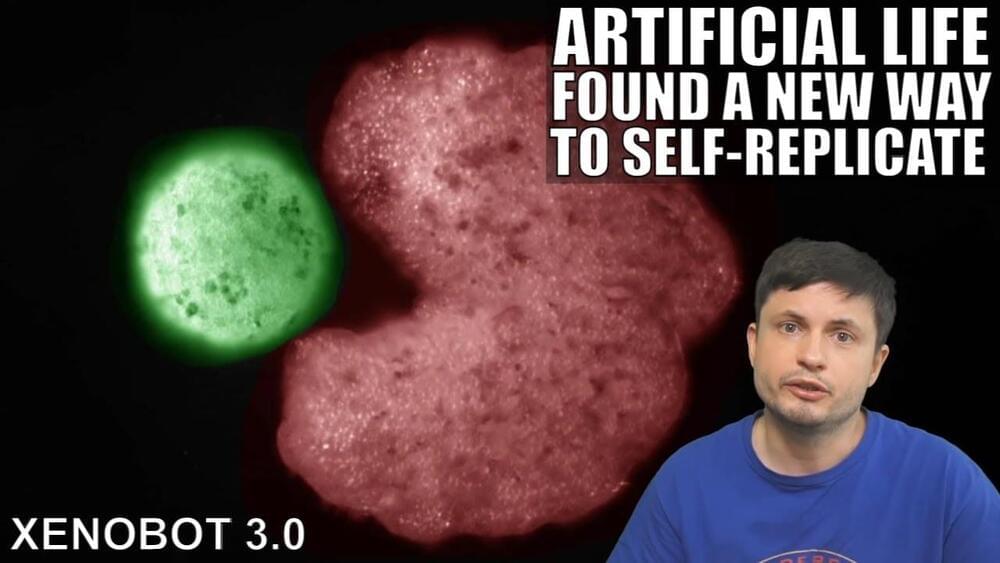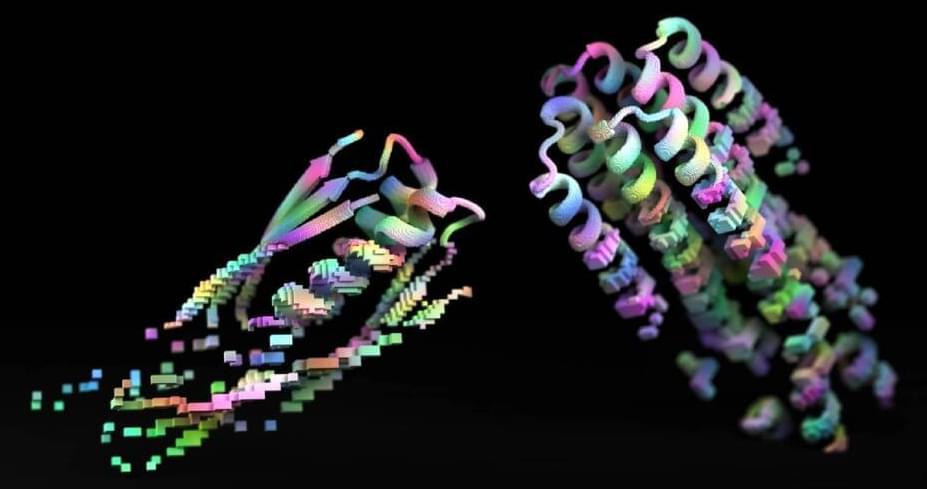Sep 18, 2022
Human longevity trials and aging with Dr Brian Kennedy
Posted by Kelvin Dafiaghor in categories: biotech/medical, life extension
Dr Brian Kennedy on Rejuvant, human longevity trials, aging optimally and why individual response to intervention is key.
Alpha-ketoglutarate (AKG) is used by cells during growth and in healing from injuries; studies have shown it may be effective in treating osteoporosis, preventing a decline in protein synthesis, reducing frailty and, in some mammalian studies; even extending lifespan. has gone one step further, adding calcium to produce LifeAKG™, a patent-pending, highly bioavailable and ultra pure CaAKG supplement, backed by extensive research and double-blind placebo-controlled clinical trials.
Continue reading “Human longevity trials and aging with Dr Brian Kennedy” »


















